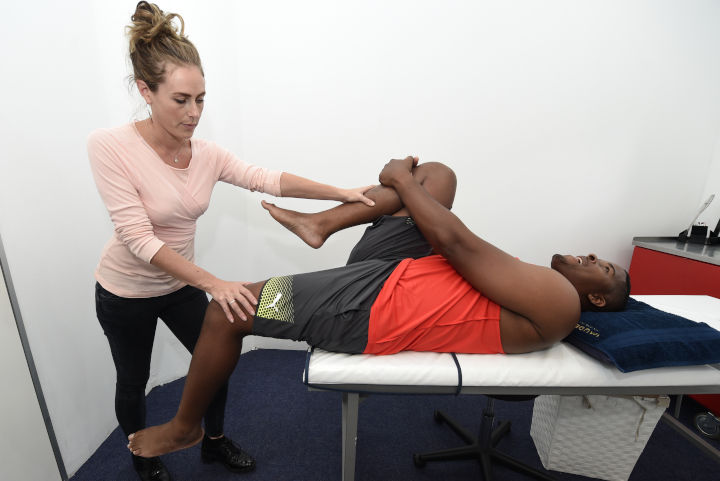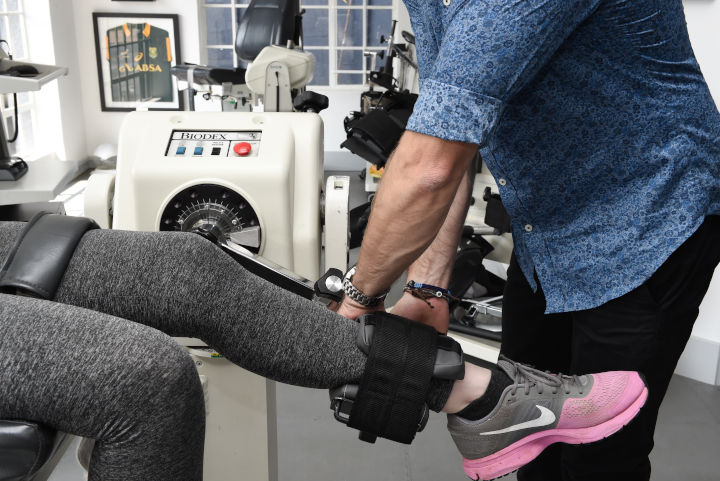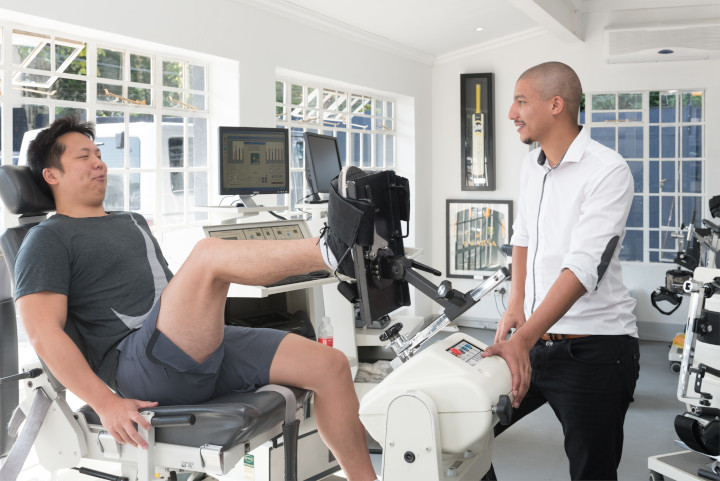We treat everyone, from the office worker sitting at the desk the whole day to the serious athlete training 6-7 times per week.

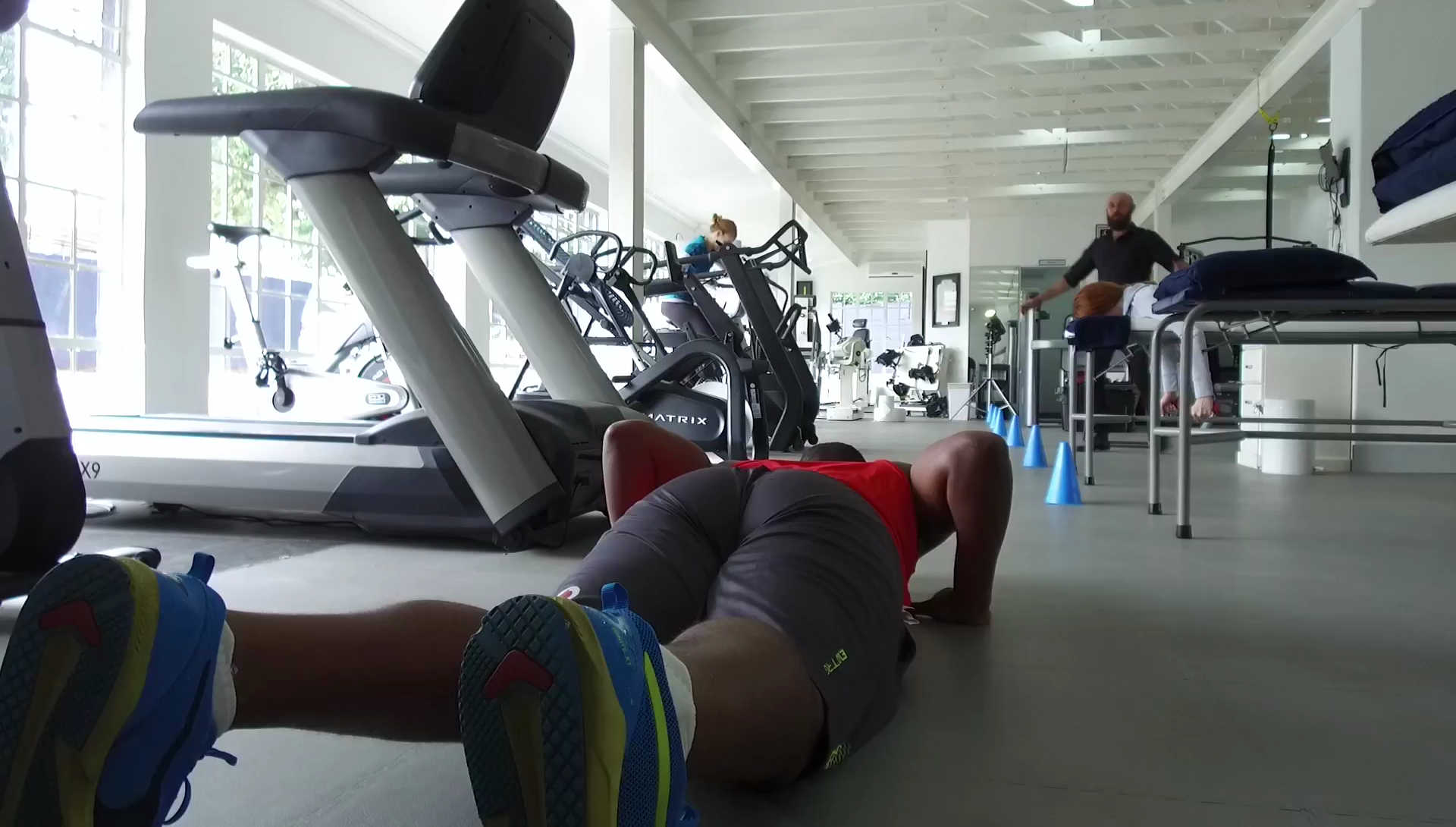
We make it an active process to get the answers and best treatment plan for your injury
A test-treat-retest philosophy gives us confidence that we are treating the patient correctly.
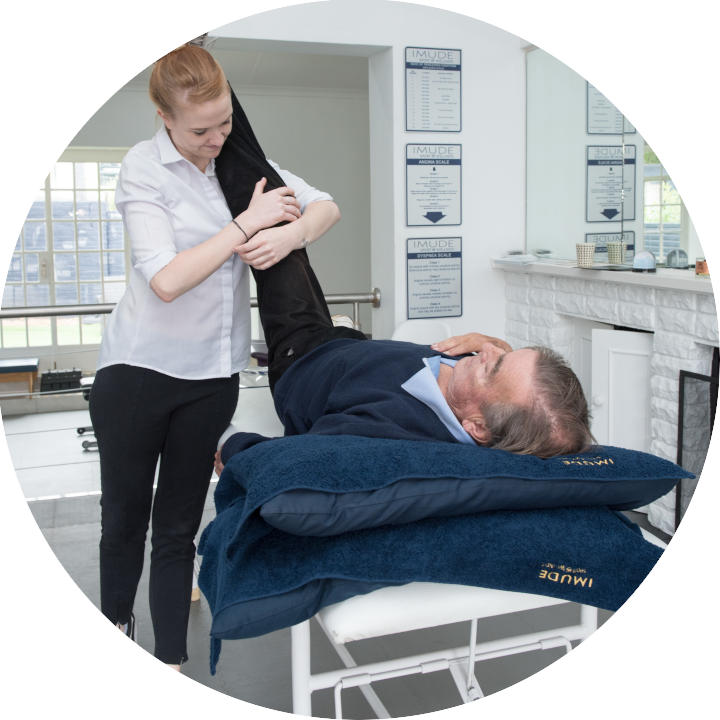
At iMude, our goal is to understand how your injury happened in the first place and the consequence thereof on your body.
Orthopaedic
A major part of our practice is to help people with orthopaedic injuries. This includes injury prevention, surgical rehabilitation, and return to play/activity or pre-injured state. This ranges from ankle injuries, lower back pain to the chronic neck pain.
Discover the problem
Information gathered helps us decide
- Where the real problem to your injury is coming from
- It might originate from a totally different place than the location of your pain
- Which training techniques are not relevant to your injury
- Which muscles need training
- Which muscles are over-trained
- Which muscles are not firing
- Which muscles need stretching
- Which fascial structures need foam rolling
- That perhaps you just need a more balanced exercise programmed
Reoccurring injuries
It so happens that sometimes injuries might struggle to improve. This could be partly that you might:
- Keep training the tight muscle that causes the problem in the first place
- Overstretch a muscle that does not need lengthening
- Not be stimulating the correct muscle through the exercises you’ve chosen to do
- Not need exercises at all – maybe you just need to roll and stretch out tissues and muscles, or simply need rest.
- Not have the correct rehabilitation hypothesis some injuries may take a little longer to work out what the best plan is to tackle that injury and having more than 1 hypothesis is very useful in having alternative options for the treatment thereof.
- Need to make some postural changes or changes at your office desk
Test-Treat Philosophy
We make it an active process to get the answers and best treatment plan for your injury
A test-treat-retest philosophy gives us confidence that we are treating the patient correctly. With post-op patients we blend post-surgical guidelines with your personal requirements. This way we follow protocols but make it personal to your requirements. We make it an active process to get the answers and best treatment plan for your injury. Whether you suffer from an injury or are post-surgery we will take you through a serious battery of return to play tests, after which we either clear you fit to resume your sport and activity levels or wait a little longer.
Assessment Tools
Acute or chronic injuries can happen through a single event or through a repetition of movements. We use the tools below to help us understand your injury. This way we can form hypotheses, test them and form new ones to get the desired plan of action to treat your condition. The list below is by no means the full list, but it gives one a better understanding of our thinking processes:
1
Age, sleep patterns, medication, sport, work, plus work environment, office set up, daily activities, trained vs untrained
2
What happened at time of injury – contact vs non-contact, how did it happen, what happened to your body or the joint at the time of the incident, acute vs chronic
3
Training history – do you stretch: how and which muscles, weight training, illustrate technique, how often (frequency/intensity/duration?)
4
Assessment:
Posture – malalignments, gait patterns, joint positions, posture type, imbalances in joint positions, imbalances between right and left side, bony landmarks- all of this helps with possible muscle imbalance identification
5
Range of motion – imbalances between right and left side, blocked movements
6
Flexibility – muscle flexibility of joint involved PLUS of joints below or above the involved one
7
Muscle – firing patterns, atrophied muscles, manual strength tests (manual strength tests form part of our reassessment tools to verify if a treatment modality is working or to eliminate a treatment plan)
8
Restricted tissue – we feel for restrictions in certain tissue areas. These restrictions can inhibit muscle firing patterns as well as alter posture – the client is then encouraged to release these restrictions using foam rollers (and or balls, etc) as well as stretching techniques combined with dynamic movement patterns.
9
Functional tests – Various functional tests are performed to give us information of joint movement – these include throwing actions, kicking, squatting, stepping, running, cutting movements and any movement that the patient feels may cause him/her pain. Painful movements gives us a baseline to compare if a treatment plan is working or not
10
Specialized equipment testing –
- The Biodex tests all the joints’ muscle strength and gives us comparisons between the left vs right vs normative data.
- The MCU tests neck range of motion plus strength and gives us a radar graph to show weakness of the neck muscles in all planes
Case Studies
The following are random examples of possible conditions treated
